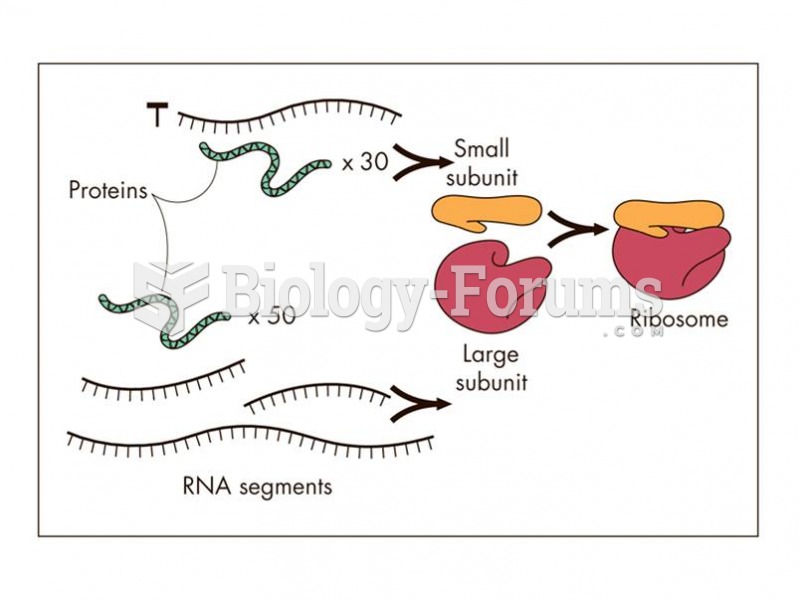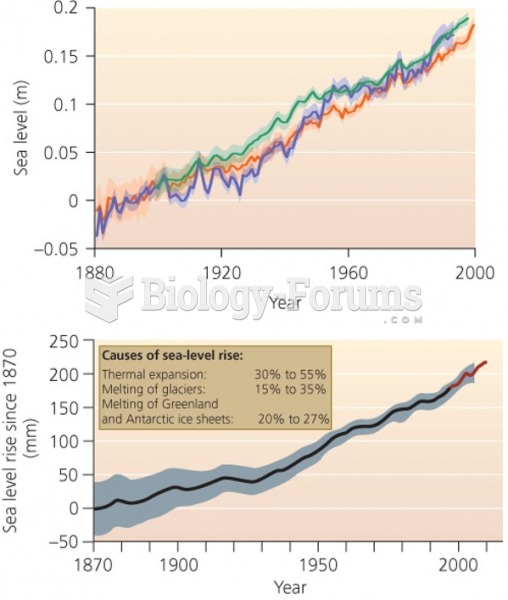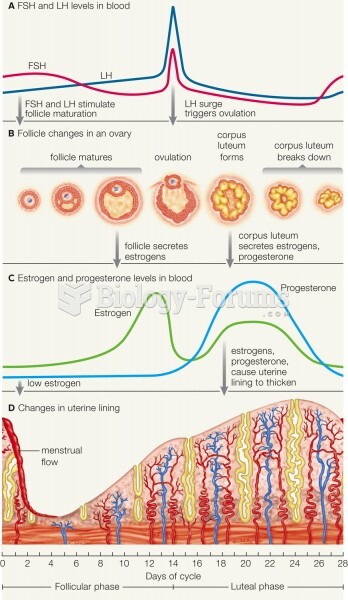Answer to Question 1Muchas Gracias
 Answer to Question 2
Answer to Question 2Thank you soo much
Answer to Question 3Many thanks to you.
Answer to Question 4An international division structure separates domestic from international business activities by creating a separate international division with its own manager. In turn, the international division is typically divided into units corresponding to the countries in which a company is activesay, China, Indonesia, and Thailand. Within each country, a general manager controls the manufacture and marketing of the firm's products. Each country unit typically carries out all of its own activities with its own departments such as marketing and sales, finance, and production.
Because the international division structure concentrates international expertise in one division, divisional managers become specialists in a wide variety of activities such as foreign exchange, export documentation, and host government relations. By consigning international activities to a single division, a firm can reduce costs, increase efficiency, and prevent international activities from disrupting domestic operations. These are important criteria for firms new to international business and whose international operations account for a small percentage of their total business.
An international area structure organizes a company's entire global operations into countries or geographic regions. The greater the number of countries in which a company operates, the greater the likelihood it will organize into regionssay, Asia, Europe, and the Americasinstead of countries. Typically, a general manager is assigned to each country or region. Under this structure, each geographic division operates as a self-contained unit, with most decision making decentralized in the hands of the country or regional managers. Each unit has its own set of departmentspurchasi
ng, production, marketing and sales, R&D, and accounting. Each also tends to handle much of its own strategic planning. Management at the parent-company headquarters makes decisions regarding overall corporate strategy and coordinates the activities of various units.
The international area structure is best suited to companies that treat each national or regional market as unique. It is particularly useful when there are vast cultural, political, or economic differences between nations or regions. When they enjoy a great deal of control over activities in their own environments, general managers become experts on the unique needs of their buyers. On the other hand, because units act independently, allocated resources may overlap and cross-fertilization of knowledge from one unit to another may be less than desirable.
A global product structure divides worldwide operations according to a company's product areas. For example, divisions in a computer company might be Internet and Communications, Software Development, and New Technologies. Each product division is then divided into domestic and international units. Each functionR&D, marketing, and so forthis thus duplicated in both the domestic and international units of each product division.
The global product structure is suitable for companies that offer diverse sets of products or services because it overcomes some coordination problems of the international division structure. Because the primary focus is on the product, activities must be coordinated among a product division's domestic and international managers so they do not conflict.
 Freedom House is a nonprofit institution that uses several different factors to rank countries based
Freedom House is a nonprofit institution that uses several different factors to rank countries based
 This lithograph by Currier and Ives gives an erroneous impression of the “battle.” Major Robert Ande
This lithograph by Currier and Ives gives an erroneous impression of the “battle.” Major Robert Ande





